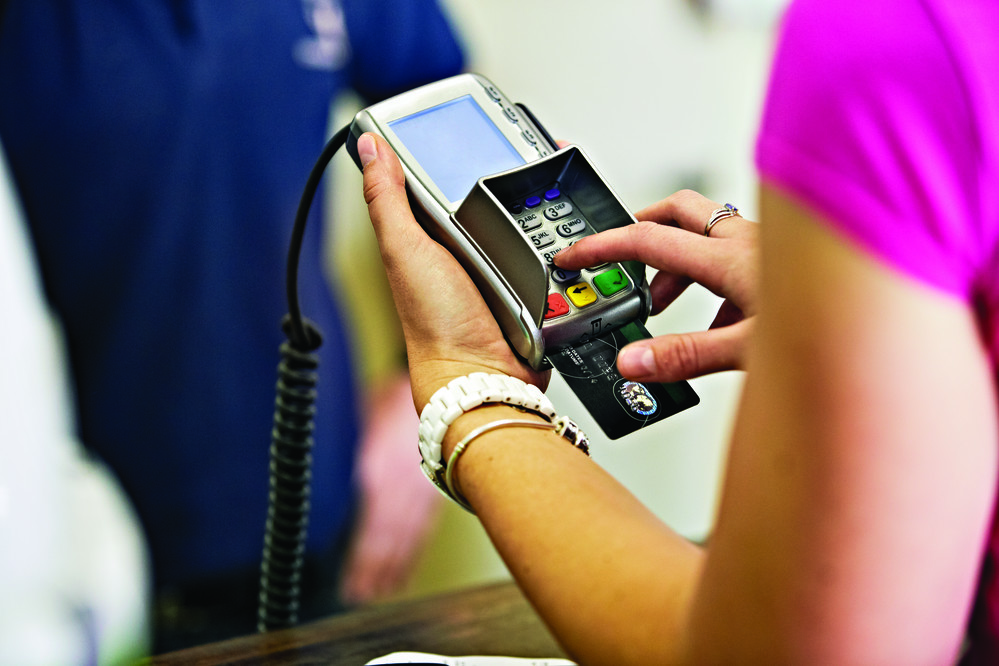The fundamentals of strategic pricing: Q&A with pricing expert Ed Kless

Pricing for profit is vitally important for the health and success of your business. When you set your prices correctly, you have a big advantage over your competitors. When you set your prices incorrectly, it can be very hard to recover.
How, then, do you set your prices correctly? We asked Ed Kless, senior director of partner development and strategy for Sage Business Solutions in North America, this and other important questions about pricing.
Keep reading for an introduction to effective pricing and tips for avoiding costly pricing mistakes. For an in-depth session on how and why to create a pricing strategy, follow Ed on Twitter.
Q: Why is it that setting your prices correctly is so crucial to a business’ success?
Ed Kless: It’s fascinating to me that, by and large, most people just don’t realize the impact pricing has on their business. They don’t know that pricing is the top driver of profitability for almost every kind of business, including small businesses. Study after study by many different consultancies has shown this to be the case.
To take just two examples, research by McKinsey and A. T. Kearney shows that a 1% increase in price can yield an increase in profits of 7% to 11%. Those same studies show that a 1% reduction in fixed costs improves profitability by only 1.5% to 2.7%, and that a 1% improvement in revenue raises profitability by only 2.5% to 3.7%.
Q: What are the biggest mistakes to avoid when setting prices?
EK: I think the biggest mistake I see businesses make is setting prices too low, and then having to raise their prices after they’ve been in business a while. Another big mistake is offering one and only one price. Businesses that are effective at pricing, always and everywhere, give choices in their prices. So, for example, at Starbucks, you have multiple size options—tall, grande, and venti. FedEx and UPS offer a variety of options, like standard overnight, priority overnight, two-day delivery, and so on.
Businesses ought to give customers price options because there’s a range of acceptable prices a customer is willing to pay based on the value the customer perceives in what they’re purchasing. When a business offers only one choice, it’s hard for the customer to establish a context around the price; multiple price options based on what’s being sold help the customer establish that context and choose the product or level of service they desire.
Q: What is the difference between cost-based pricing and value-based pricing?
EK: This is one of my favorite topics, because it’s so misunderstood. I’ve found that most people think price should be based primarily on cost. Often, they think only about cost when setting price. But in the vast majority of cases, cost should not be the number-one driver of cost!
Rather, the primary driver of cost should be the perceived value the customer places on the product or service. It’s important to qualify that last statement and note that value is not the sole determinant of cost; there are competitive pressures and other factors that also go into pricing. However, in my experience, most people think cost is the top driver in setting price, when in fact value is the top driver. This concept is known as value-based or value-led pricing; at the core of this concept is the idea that the value to the customer of your product or service enables you to set a price, and then the price you can get justifies your costs.
Q: How does a business go about setting prices based on the value-led pricing model?
EK: First of all, businesses adopting value-led pricing need to keep at the forefront of their thinking that there is no such thing as the objective value of a product, service, or knowledge being sold. Value is completely subjective to the customer, and, to some extent, to the circumstances and situation at hand. Businesses have to understand what the subjective value to the customer is in order to properly set the price. For example, a bottle of water that a spectator buys at a major sporting event (especially if it’s a hot, daytime event) is worth much more to the consumer than when they pour a glass of water from their kitchen sink.
Another important mindset change is to understand that businesses should price their customers, not your products or services. Professional services, for example, firms might price individual customers based on the value to the customer of the firm’s services; a multinational cell phone carrier, meanwhile, will price a large segment of customers they want to target.
Q: How much time should businesses put into keeping tabs on their competitors’ price?
EK: Of course, you want to know and be aware of what your rivals are charging for their products and services, and you want to understand the contexts they’re establishing that help their customers determine value. But very few small businesses should devote a big proportion of time and resources to monitoring competitors’ prices. It’s more important to figure how to differentiate what you do compared to your competitors and to make what you sell truly different. But that’s a topic for another day.
Ed Kless joined Sage in 2003 and is currently the senior director of partner development and strategy for Sage Business Solutions in North America. He hosts the Sage Advice Podcast, found at https://itunes.apple.com/us/podcast/sage-thought-leadership-podcast/id668653849/?mt=2, and a weekly radio show, The Soul of Enterprise, for the VoiceAmerica Business Channel, found at http://thesoulofenterprise.com. Contact Ed at [email protected]
Grow your practice with Sage accountant software
CPAs and accountants can trust Sage’s tools and resources to grow their accounting firms and better serve clients.








Ask the author a question or share your advice